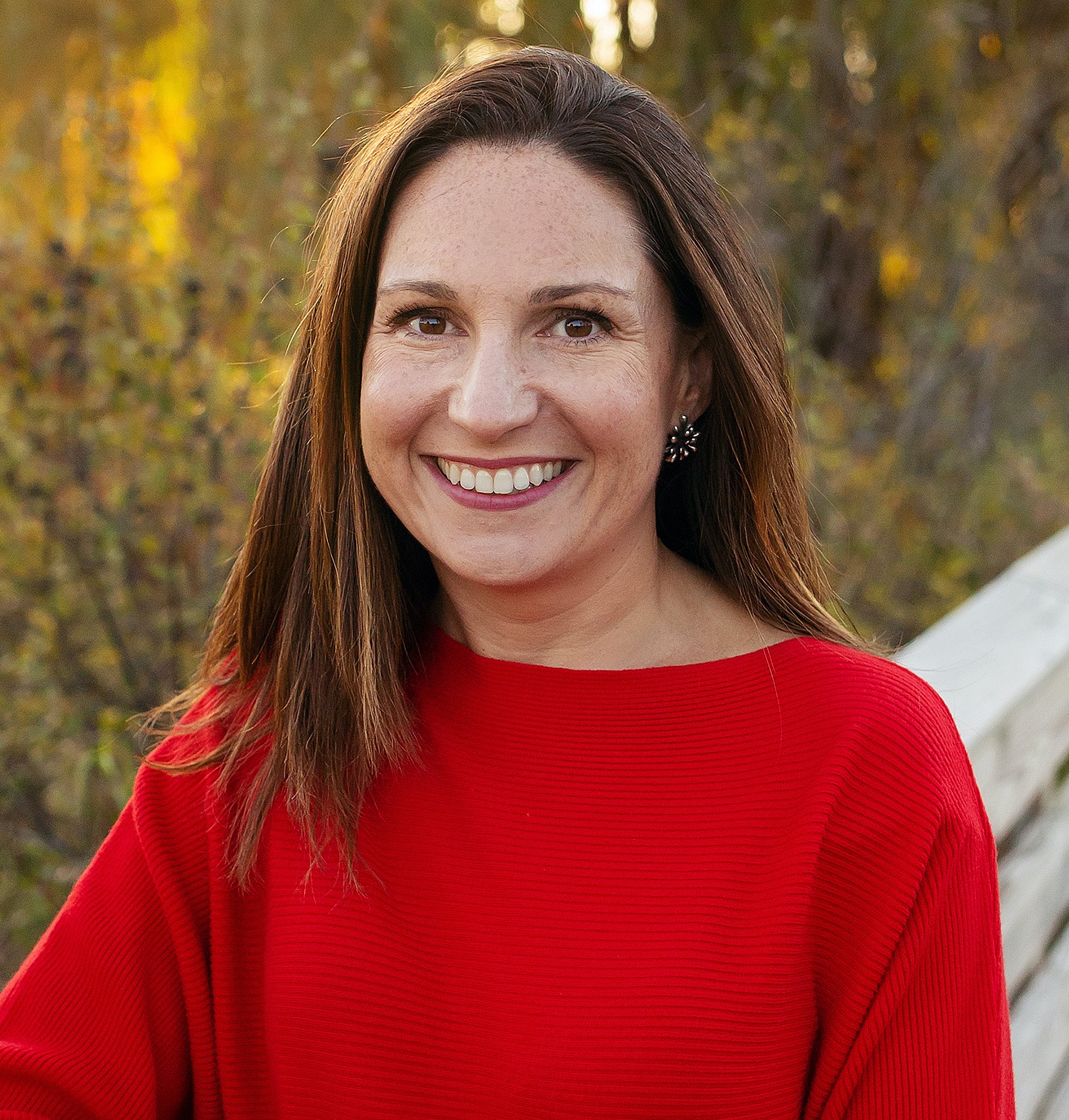A: Humans are bad at assessing risk. We’re even worse at determining whether something is a real or hypothetical risk.
By challenging our psychological assumptions, we can be smarter consumers of science information.
Our personal sense of what’s risky and what’s safe is a *feeling*… and feelings aren’t always accurate. Here are some of our most common mistakes:
🏎️ 1. If we are used to it, we think it’s safe. Many of us feel safer behind the wheel of our own car than we do as a passenger on an airplane, because we do it every day. We also trust ourselves to control the situation. But last year more than 42,000 Americans died in car accidents, compared with some 400 Americans killed in plane crashes.
❓ 2. We fear new risks more than existing risks. Familiar risks (viruses, obesity, smoking) seem less scary than side-effects of a new vaccine because we’ve gotten used to them. We’re also more likely to fear something we don’t understand very well because it means we feel less control over it.
✈️ 3. Confirmation bias trips us up. We tend to seek out information to confirm our existing belief. So, if we think planes are dangerous, we will seek out and magnify news of recent plane crashes because those articles fit with our world view. (Social media algorithms don’t help with this either.)
🙊 4. We fear the things we tend to talk about more. The war on cancer successfully made it the #1 most feared disease in America according to national polls. Despite the fact that heart disease is the leading cause of death in America, only 8% said this was what they feared the most.
🌲 5. We think all “natural” things are better than “unnatural” things. Except there are plenty of natural things that can kill you (naturally occurring poisons in everything from mushrooms to nuts, overexposure to sunlight that causes skin cancer, naturally occurring viruses) and there are plenty of human-made things that can save your life (seatbelts, sunblock, helmets, antibiotics, vaccines.)
🚬 6. Focusing on hypothetical risks can make us less likely to take precautions against real risks. Think: Chain smoking to calm yourself down from your anxiety about getting on an airplane.
🐍 7. We fear things we evolved to fear. We evolved to fear falling from a cliff or a tree. We evolved to fear snakes and tigers. We evolved to fear things piercing our skin (like injections). We did not evolve a fear of driving 100 mph because we’ve only be able to do for less than a century.
In the U.S., as we muddle our way through the #pandexit, and as so many around the world continue to suffer from this deadly virus, let’s help each other become better consumers of science information and risk by asking ourselves:
✅ Am I taking basic precautions in everyday activities to keep myself safe?
✅ Is this a real or a hypothetical risk to me right now?
✅ Might more evidence-based information allay my fears?
✅ Am I assessing my risk based on real data or magnified moments?
✅ What is the risk of doing something different?
Stay safe and stay sane!
Love,
Those Nerdy Girls
Why You’re Probably Not So Great at Risk Assessment
Cancer as the most feared disease
Understanding Factors of Risk Perception
Why Human Brains are Bad at Assessing the Risk of Pandemics


